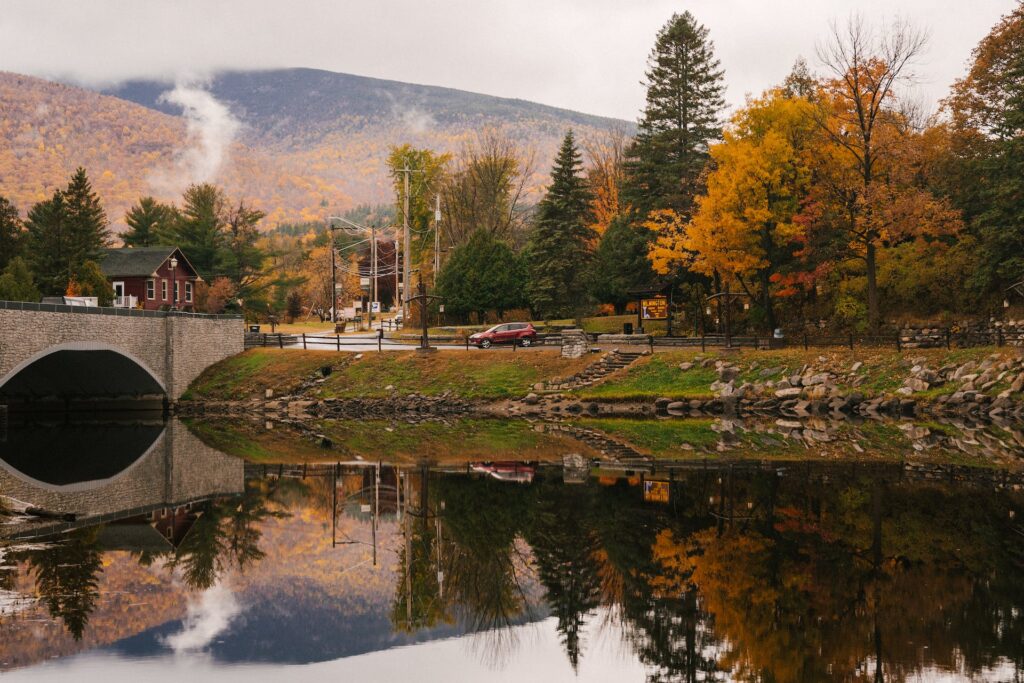How Climate Change Affects Tree Care Practices: Insights for Arborists
Climate change is one of the most pressing issues of our time, and its effects are far-reaching, impacting ecosystems, weather patterns, and the health of our planet. Among the many facets of the environment affected, tree care practices are particularly susceptible to the changes brought about by climate change. Arborists, the custodians of our urban forests, find themselves facing new challenges and adopting innovative strategies to ensure the well-being of trees in this changing climate.

Shifts in Growing Seasons
One noticeable impact of climate change on tree care practices is the alteration of growing seasons. Arborists are witnessing shifts in the timing of bud breaks, flowering, and fruiting in many tree species. These changes can affect the synchronization of biological processes and disrupt established care routines. Arborists now need to adapt their schedules for pruning, fertilization, and pest management to align with these shifts, ensuring that trees receive the care they require at the right times.
Increased Pest and Disease Pressure
Rising temperatures and changes in precipitation patterns create favorable conditions for the proliferation of pests and diseases. Arborists are grappling with new challenges as invasive species expand their range, and indigenous pests become more active. The threat of diseases like Dutch elm disease, sudden oak death, and emerald ash borer is on the rise. Arborists must remain vigilant, employing preventive measures and early detection to manage these threats effectively.
Water Stress and Drought Management
Changing climate patterns often result in more frequent and severe droughts. Arborists are confronted with the task of managing water stress in trees, especially in urban environments where trees may already face challenges such as compacted soil and limited rooting space. Implementing water-efficient irrigation systems, mulching, and selecting drought-tolerant tree species are now integral parts of an arborist’s toolkit to mitigate the impacts of water scarcity.
Extreme Weather Events and Tree Safety
The increase in extreme weather events, including hurricanes, floods, and wildfires, poses a significant threat to tree safety. Arborists are finding themselves on the front lines, responding to storm damage, uprooted trees, and weakened structures. As climate-related events become more frequent and severe, arborists are developing emergency response plans and reinforcing tree structures to enhance their resilience in the face of extreme weather.
Soil Health and Nutrient Management
Climate change affects not only above-ground tree health, but also the vital component below the surface—soil. Arborists are recognizing the importance of maintaining soil health to support tree vitality. Changes in temperature and precipitation impact soil structure and microbial activity. Arborists are adopting practices such as composting, aeration, and organic matter incorporation to enhance soil fertility and ensure that trees receive the necessary nutrients despite shifting environmental conditions.
Species Selection and Urban Planning
In response to changing climates, arborists are reevaluating the suitability of tree species for urban environments. Traditional choices may no longer thrive in altered conditions, prompting arborists and urban planners to explore and promote more resilient species. Strategic urban planning now includes considerations for creating a diverse and climate-resilient urban forest that can withstand the challenges posed by a changing climate.
Carbon Sequestration and Climate Mitigation
Trees play a crucial role in mitigating climate change by sequestering carbon dioxide. Arborists are focusing not only on tree health but also on maximizing the carbon sequestration potential of urban forests. This involves selecting tree species with high carbon sequestration rates, optimizing planting locations, and ensuring proper care to promote robust growth. Arborists are becoming key players in local efforts to combat climate change through the strategic management of urban tree canopies.
Conclusion
In the face of climate change, arborists are emerging as climate stewards, actively adapting their practices to mitigate the impact on tree health. From altering growing seasonal schedules to managing increased pest pressure, arborists are on the frontline of climate adaptation efforts. As climate change continues to pose challenges, the role of arborists in maintaining healthy urban forests has become critical. Through innovation, education, and community engagement, arborists are not only preserving the aesthetic beauty of our landscapes but also contributing significantly to the broader effort to build climate-resilient communities. As we navigate this era of environmental uncertainty, the insights and practices developed by arborists are invaluable in ensuring a sustainable future for our trees and the ecosystems they support.